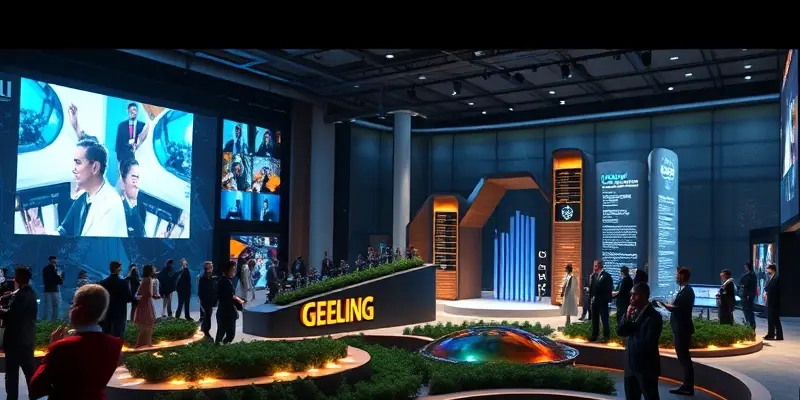The global wellness landscape is experiencing a profound evolution, marked by rapid growth, technological advancements, and a shifting focus towards prevention and longevity. As we delve into the key trends, consumer behaviors, and regional implications, it becomes evident that wellness is not just a trend but a transformative force shaping economies and societies worldwide.
Key 2025 Wellness Trends
Polarization of Wellness Markets:
Analog wellness experiences contrasted with high-tech interventions.
Cultural embrace of both digital detox and cutting-edge science.
Relevant internal link: Polarization of Wellness Markets.
Holistic Health Meets Advanced Technology:
Blurring boundaries between holistic health and technology.
Personalized wellness driven by AI, genomics, and big data.
Focus on Prevention and Longevity:
Emphasis on healthy aging, functional nutrition, and mental well-being.
Active promotion of evidence-based, transparent wellness solutions.
Tackling Societal Challenges:
Wellness industry addressing addiction, mental health, and environmental issues.
Middle East emerging as a global wellness innovation hub.
Relevant internal link: Middle East wellness hub.
Consumer Behavior and Trust
Demand for Authenticity and Science:
Consumers prioritizing credible healthcare advice over social media trends.
Growing preference for self-care and autonomy in wellness practices.
Integration with Beauty and Lifestyle:
Convergence of beauty and wellness trends, emphasizing authenticity.
Entertainment-driven beauty experiences gaining popularity.
Global and Regional Implications

Economic Impact:
Wellness sector driving economic growth and lifestyle transformations.
Middle East’s rise as a wellness leader diversifying global wellness hubs.
Policy and Investment:
National investments in wellness infrastructure for public health and development.
Strategic importance of wellness in shaping economic and health strategies.
Critical Challenges

Misinformation and Trust:
Addressing challenges of misinformation through transparency and evidence-based practices.
Building trust with consumers by emphasizing authenticity and credibility.
Equity and Access:
Ensuring advanced wellness solutions are accessible to diverse populations.
Focusing on global sustainability in wellness practices and consumption.
Conclusion
The 2025 wellness landscape is dynamic, driven by innovation, and a renewed focus on prevention and well-being. As the industry responds to consumer demands and societal challenges, trust, science, and inclusivity are paramount for its sustained success and positive impact on economies and communities worldwide. Stay informed, stay well!
In a rapidly changing world, wellness remains a constant, bridging the gap between health, technology, and human experience. The future of wellness is not just a trend—it’s a transformative journey towards a healthier, more connected world.






